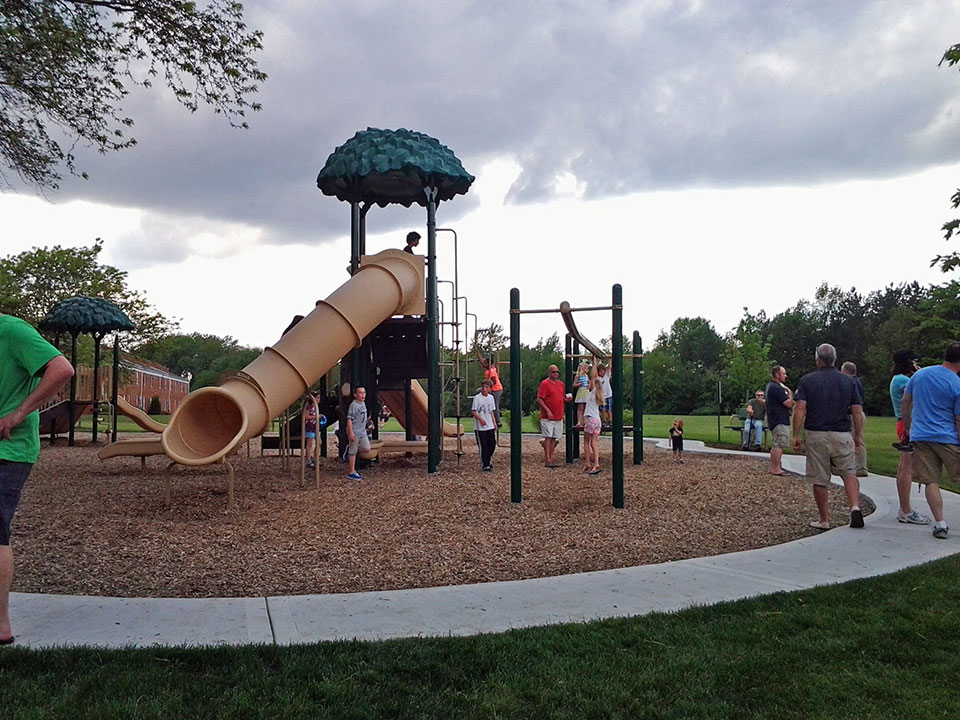
The building included kitchens with electric refrigerators and incinerators, and indoor club facilities with a nine-hole putting green and a “luxurious Pompeian swimming pool.” A month-and-a-half later, in an article entitled “Co-op at Indian Boundary Park Resembles Club,” the Chicago Tribune suggested that the substantial $1,150,000 project would result in “one of the city’s greatest co-operative apartment building developments.” The fine double courtyard structure featured 73 spacious four-, five-, and six-room apartments. Denson prepared plans for the Park Gables and the city issued a building permit for the project on January 5, 1927. Estes Avenue at the northeast corner of the park. (The zoo later acquired other animals including additional black bears.)įollowing the success of the three co-operatives that overlook the eastern edge of Indian Boundary Park, Gubbins, McDonnell & Blietz purchased a large parcel on W. By this time, Indian Boundary Park also had its own small zoo with a major attraction, a black bear named Teddy who loved to eat canned salmon and chocolate cake. Completed in the spring of 1926, the Park Castles overlooked Indian Boundary Park’s eastern extension, which included a small lagoon that had been part of Richard Gloede’s landscape extension plan. True to its name, with its engaged towers, crenellated parapets, and an original moat-like fountain, the Denson-designed double courtyard building emulated a Medieval English castle. Denson’s local work includes the 1925 Chicago Journeyman Plumbers’ Union Building at 1340 W. He lived on the North Side and had an architectural office downtown. Around 1913, he left Postle, Mahler & Denson and opened his own office, producing fine Revival style buildings such as the St. Paul office of Chicago architects Postle & Mahler. Sometime before 1909, Denson moved to Minnesota, where he managed the St. Schneider, and then continued practicing independently in Washington, DC.

prior to establishing his own firm in the early 1890s. Denson worked his way up from draftsman to partner of A.B. Denson began his career in the office of Washington, DC architect Alfred B. Powell, a draftsman in the architect’s office of the U.S. (Perhaps a City employee had heard the name incorrectly when filling out the building permit.)īorn in Virginia, James Fletcher Denson (1865-1927) was the stepson of Thomas H. Denson (not Jensen) designed the whimsical Park Castle building. While the timing seems feasible an article and display ads that ran in the Chicago Tribune in 1926 substantiate that J.F. Jensen is sometimes confused with the more famous landscape designer, Jens Jensen.

Responsible for such fine1920s buildings as the Guyon Hotel, Jens J. Jensen as project architect, historians have assumed that the building was produced by architect Jens J. Like the Park Manor, the design of the Park Castles has long been misattributed to an architect other than Denson. The real estate investors allocated a project budget of approximately $600,000 for the Park Gables. At that time, the firm of Gubbins, McDonnell & Blietz was working on another nearby building, the Park Castles at 2416-2458 W.

By early 1926, the sponsor of the Indian Boundary co-operatives had added a third partner, Irvin A.


 0 kommentar(er)
0 kommentar(er)
